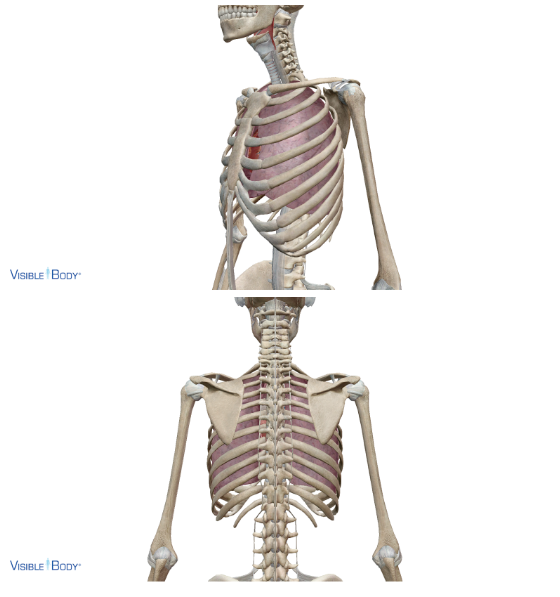Suite 3, Ground Floor, The Gateway,
312 St Kilda Road, Southbank, VIC, 3006
As Simple as Breathing

It’s As Simple as Breathing
A look at breathing and how it effects our movement- by Senior Physiotherapist Andrew Pilcher
Many would experience ‘breathing well‘, as a very complicated thing. It is of course automatic, but can be the source of so much muscle imbalance.
If you just think of your breath, what’s happening right now as you read this, ask yourself; when was your last deep breath? Where is your breath? Do you feel your chest rising and falling? Do you actually see any representation of breath in your body?
If this makes you wonder how you should be breathing, let’s get the ball rolling! Your breath can enhance your activity, whether it be stillness or movement, singing, exercising or lifting.
Most of your lung tissue is in the lower sides and back portion of the thoracic region. So we should see more movement of lower ribs, abdomen, than the chest bone. At rest, we don’t need a lot of breath, but if we don’t allow our normal physiology to occur, we build up compensations. Equally there can be things outside of our control that make it like walking through water, rather than easy free motion.
It can often be beneficial to schedule a physiotherapy assessment to find what is restricting things for you. Breath restriction is worth considering a management plan for when you find yourself experiencing one or some of the following: vocal issues, thoracic pain, rib pain, some respiratory chronic disorders, undiagnosed respiratory and throat disorders. Treatment can quickly improve these factors and improve the feelings of restriction you are having.
Given breath should be a lower expansion movement, you should be able to stop your chest moving in restful breath. The lung tissue is seen below and rib motion similarly moves to let this occur.
 If your chest movement is not utilising efficient lung expansion, and feels tiring & effortful this is a fantastic opportunity to create some space. Upper chest breathing can increase muscle tone in neck muscles (in the throat and back of the neck), which can lead to breath holding, prevent full emptying of the lungs, increase tightness or mid back tension & can prevent mental relaxation. Restfully breathing lower in your body can even make you feel sleepy, as it increases parasympathetic nervous system activity.
If your chest movement is not utilising efficient lung expansion, and feels tiring & effortful this is a fantastic opportunity to create some space. Upper chest breathing can increase muscle tone in neck muscles (in the throat and back of the neck), which can lead to breath holding, prevent full emptying of the lungs, increase tightness or mid back tension & can prevent mental relaxation. Restfully breathing lower in your body can even make you feel sleepy, as it increases parasympathetic nervous system activity.
ACTIVITY – Sit, stand or lean back into a surface. Stop breathing for 2 seconds, let the air empty. Pause, and intentionally breathe by letting your tummy relax outwards, and STOP your chest bone rising, lifting or pectoral area moving. Then let the air flow out slowly. Keep the breath cycling here for one minute.
You’re relaxed!

